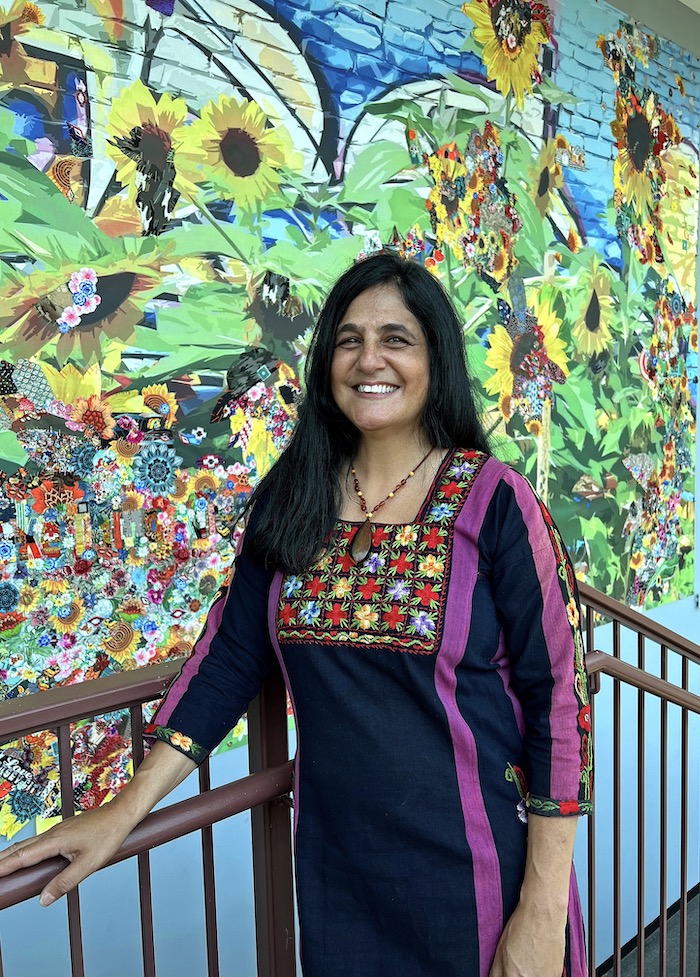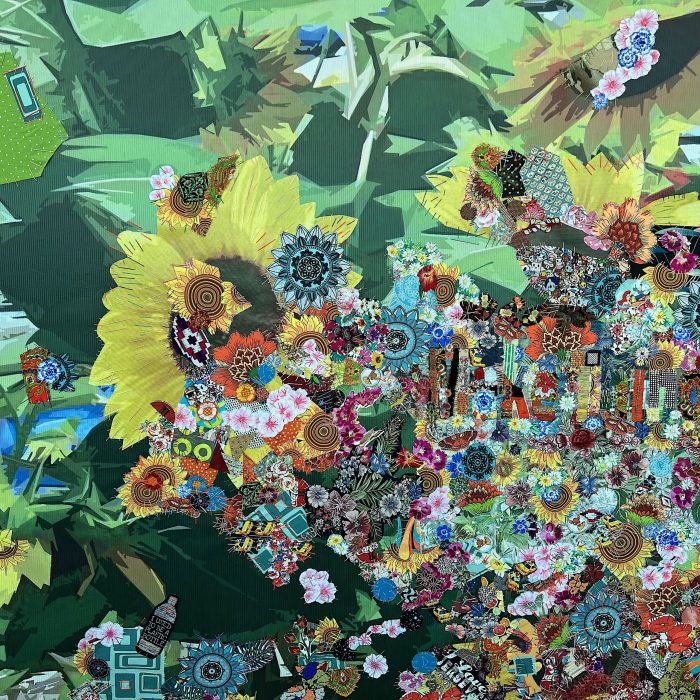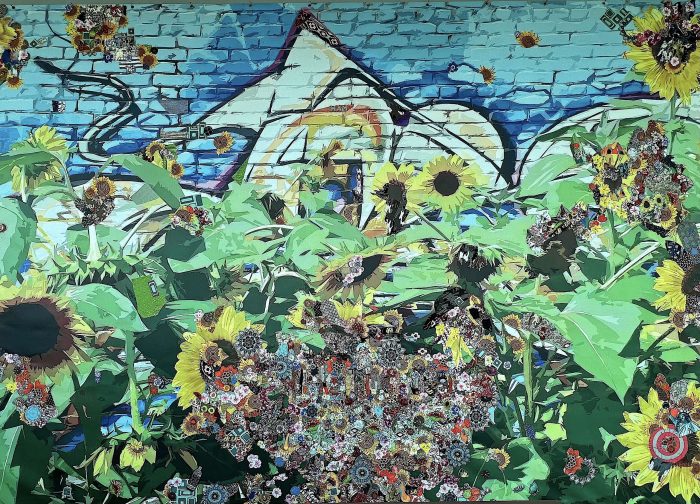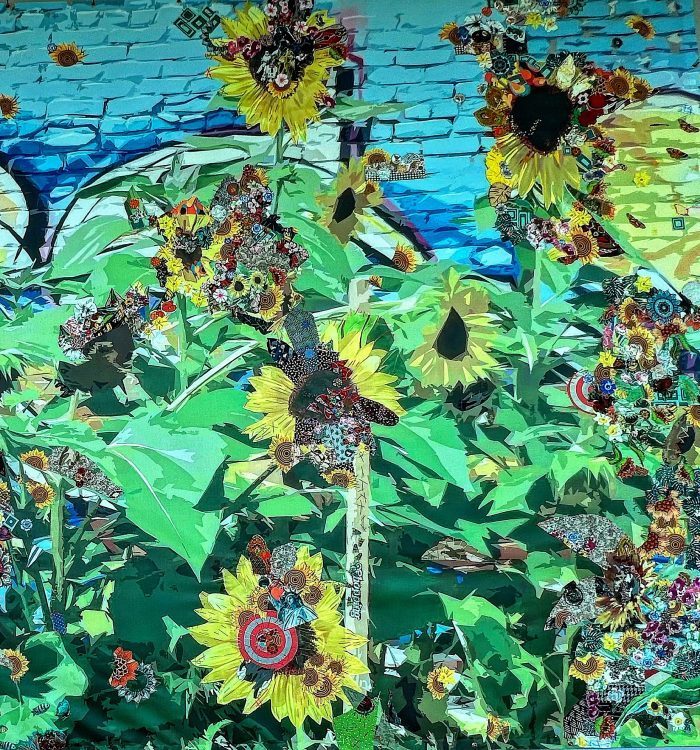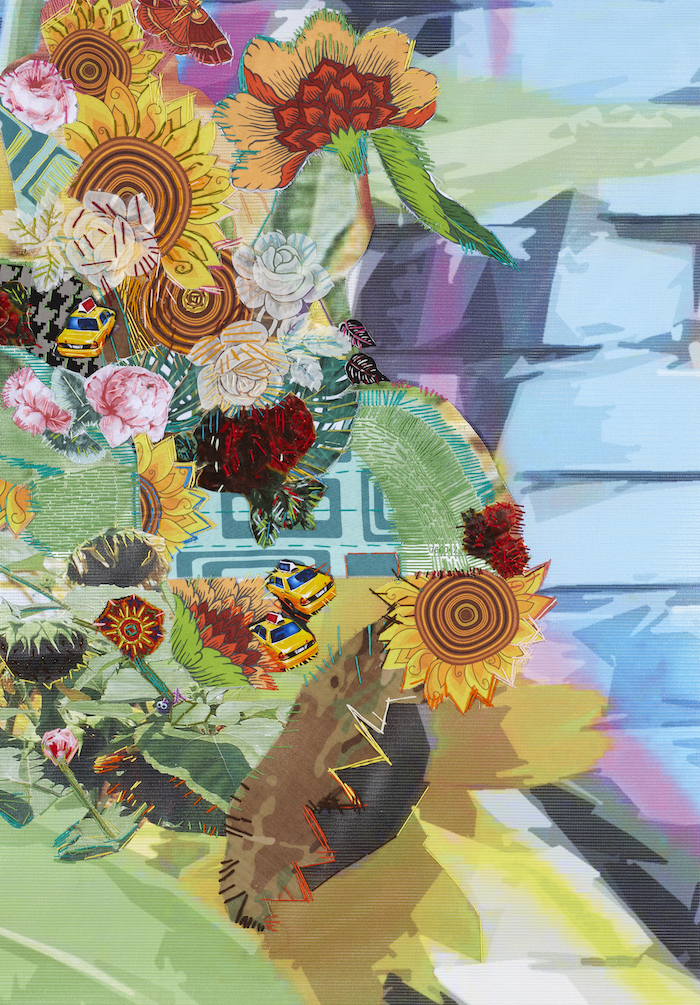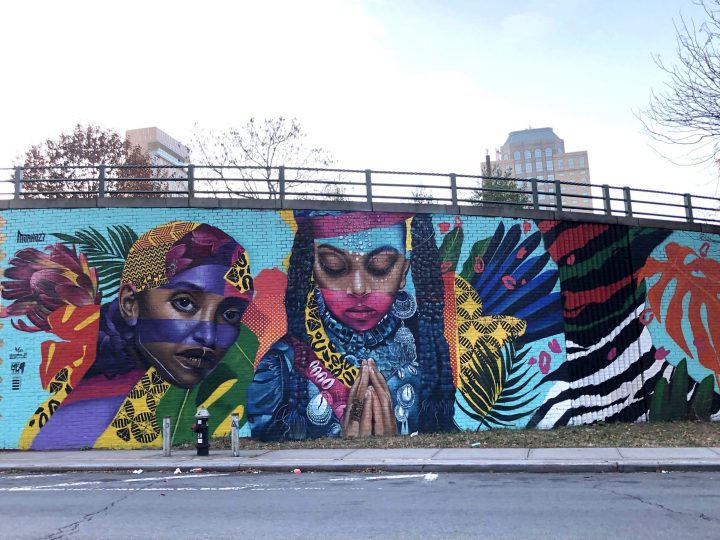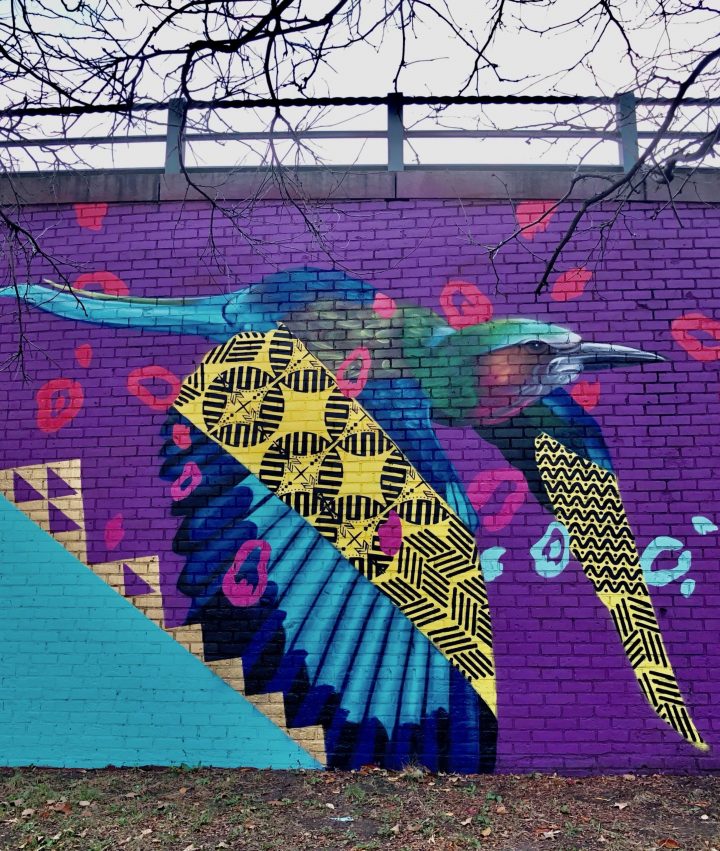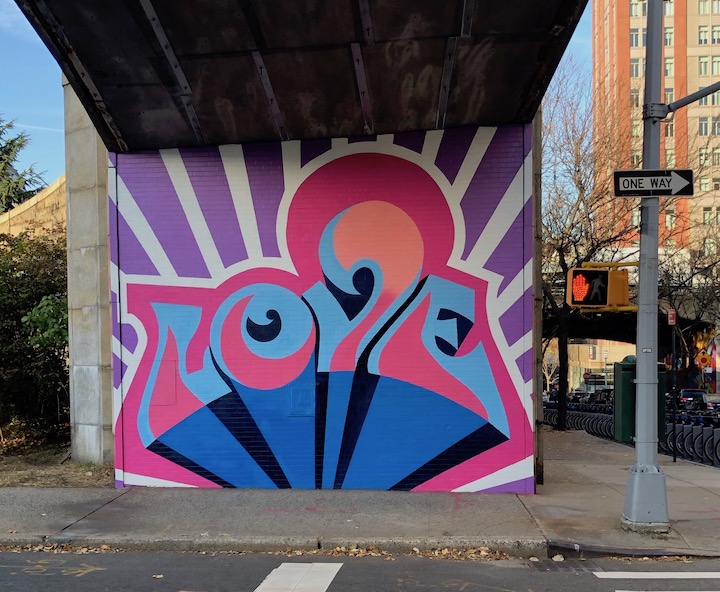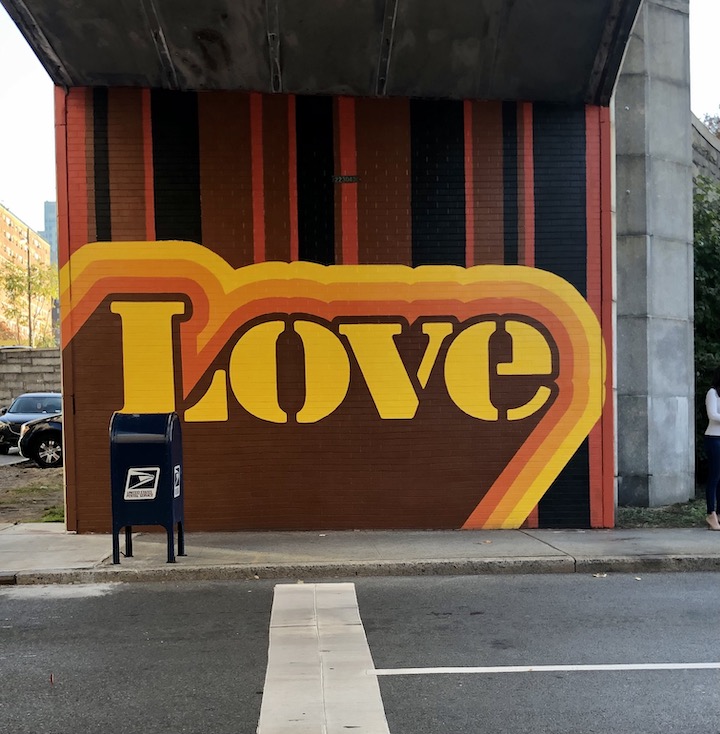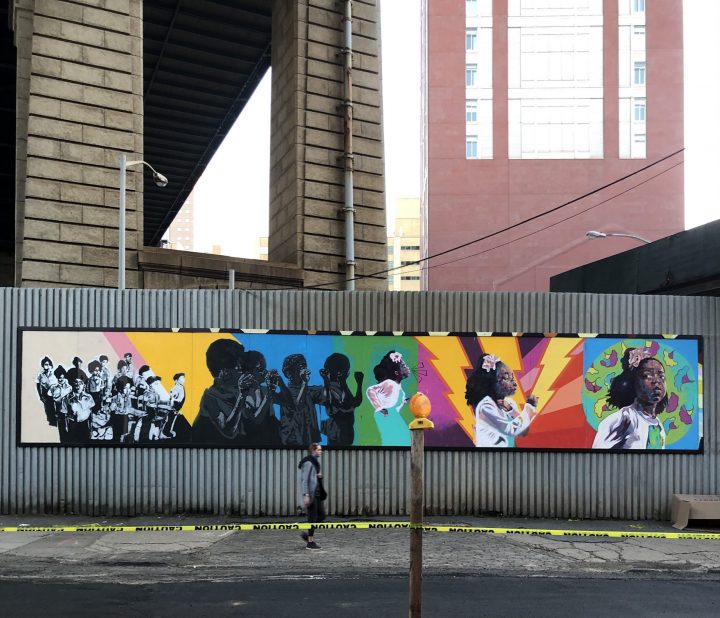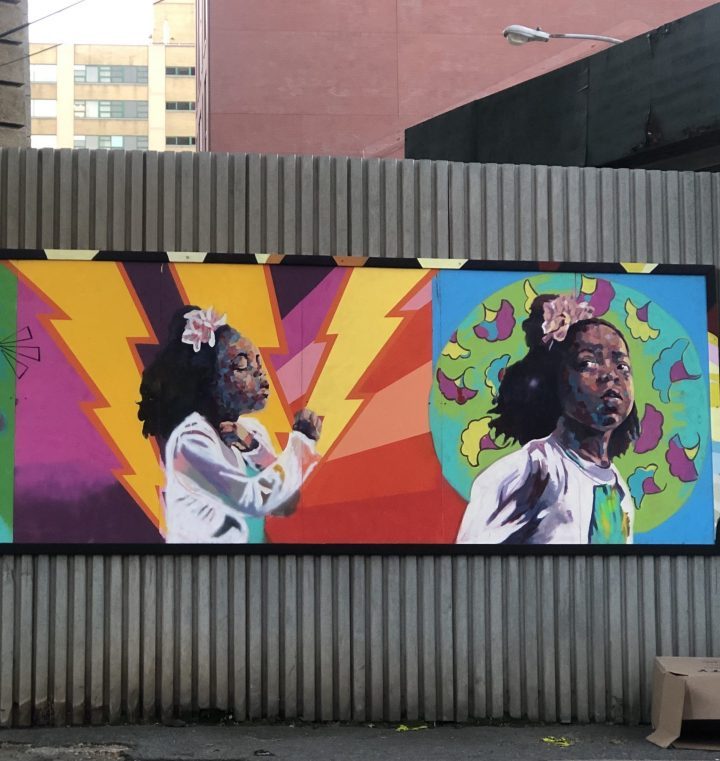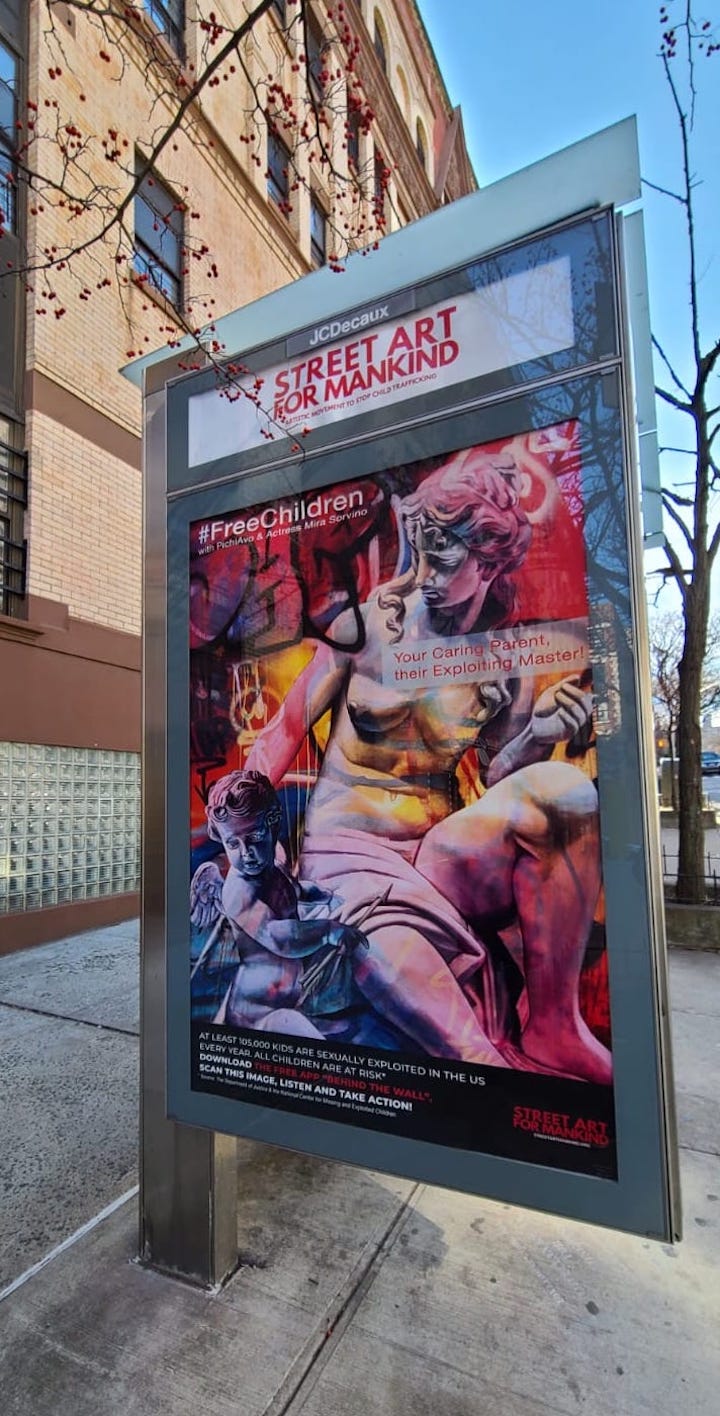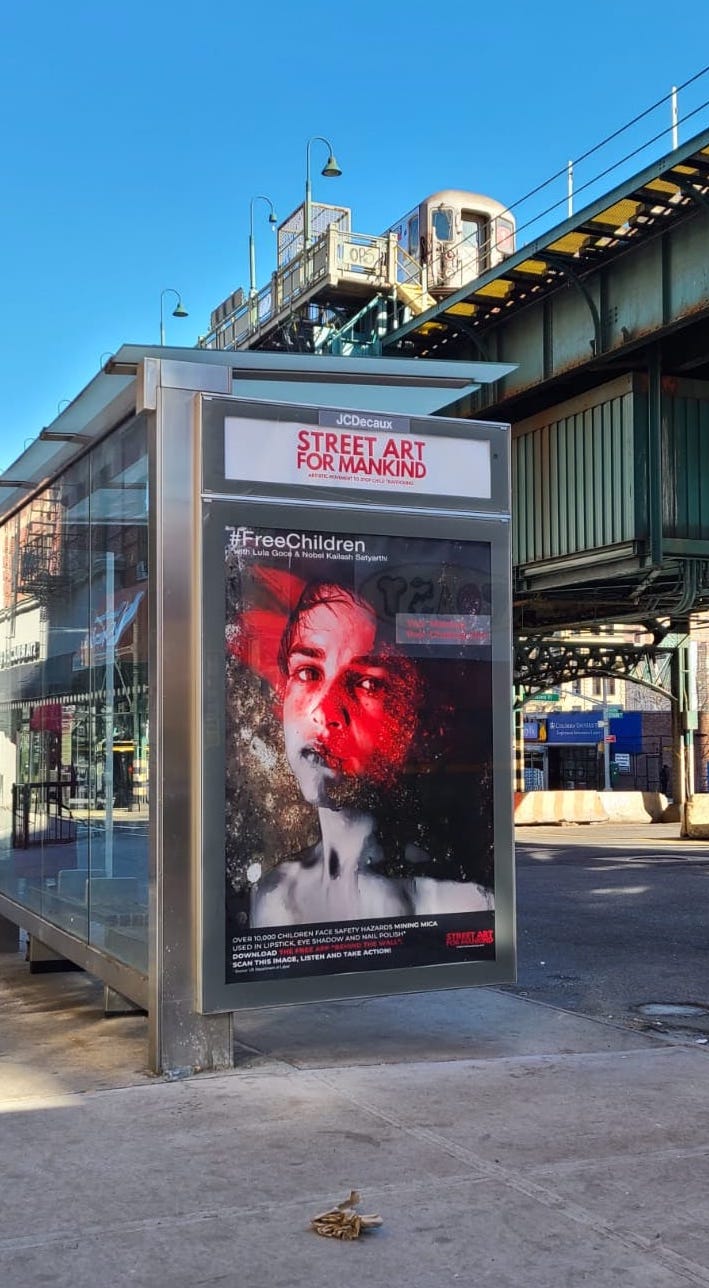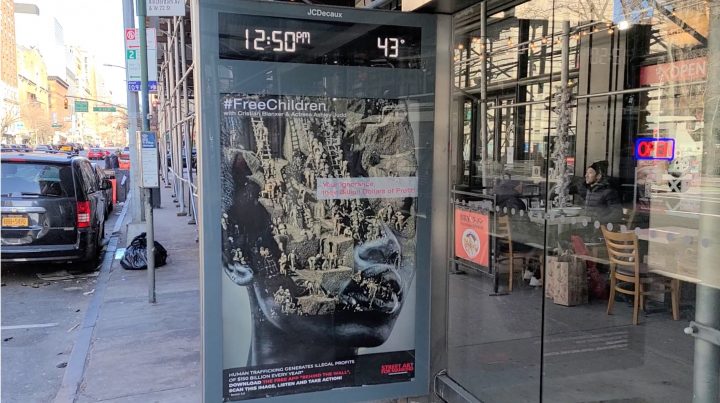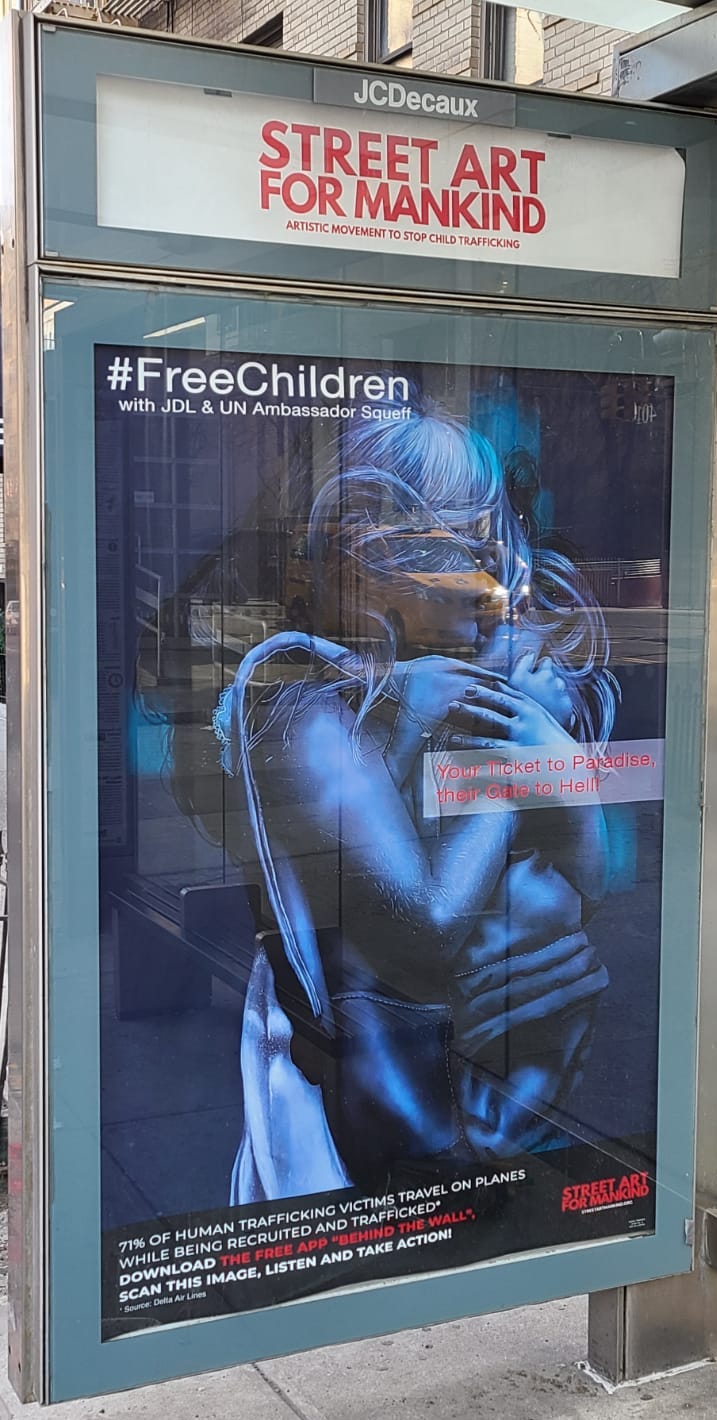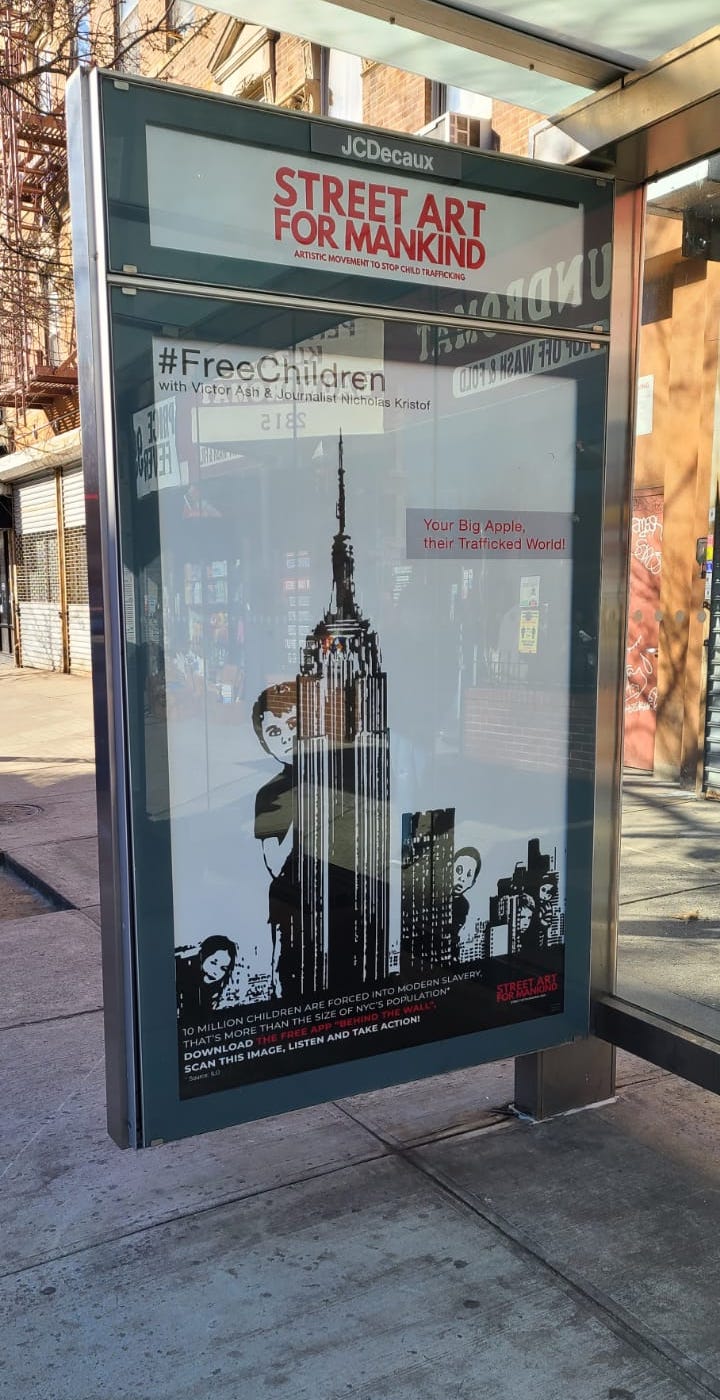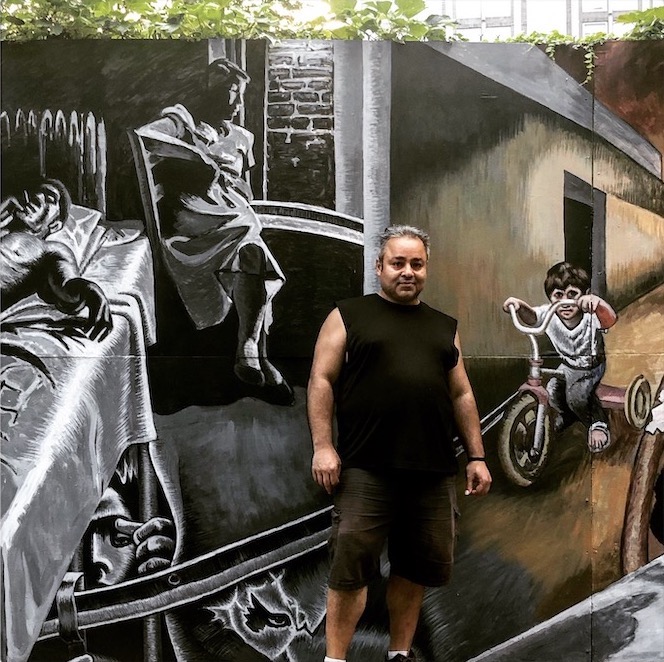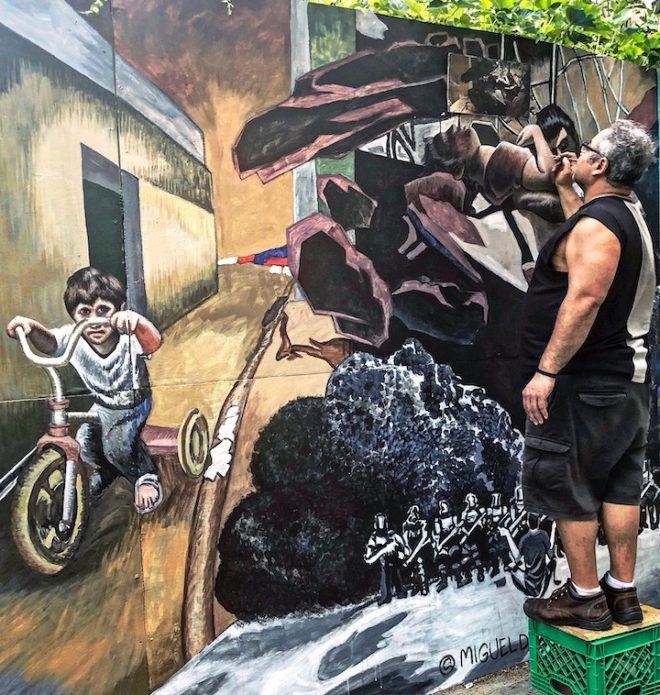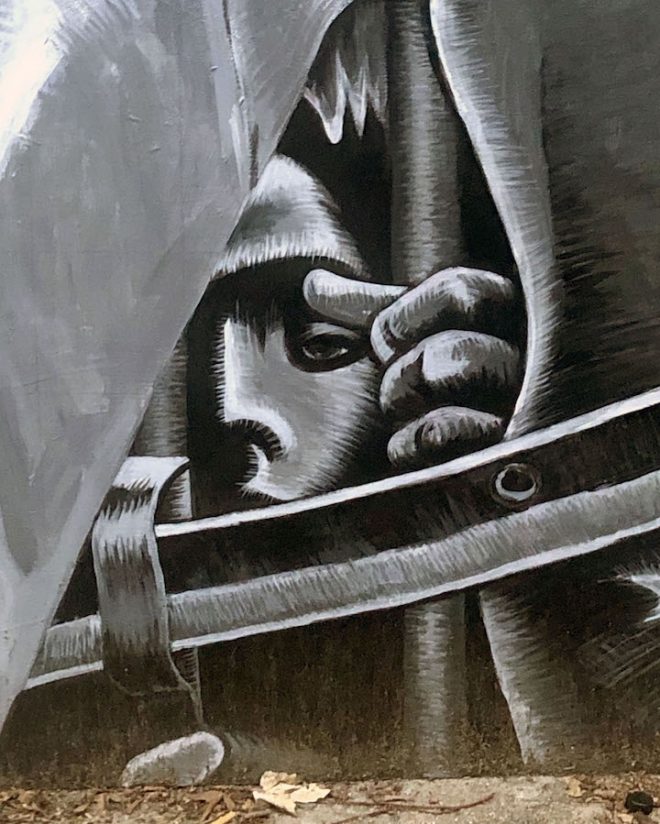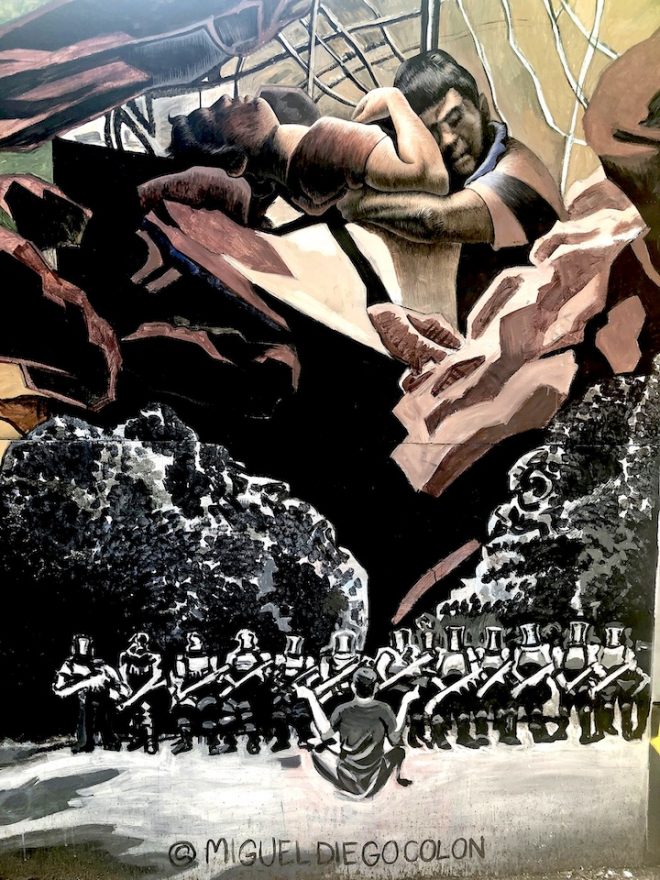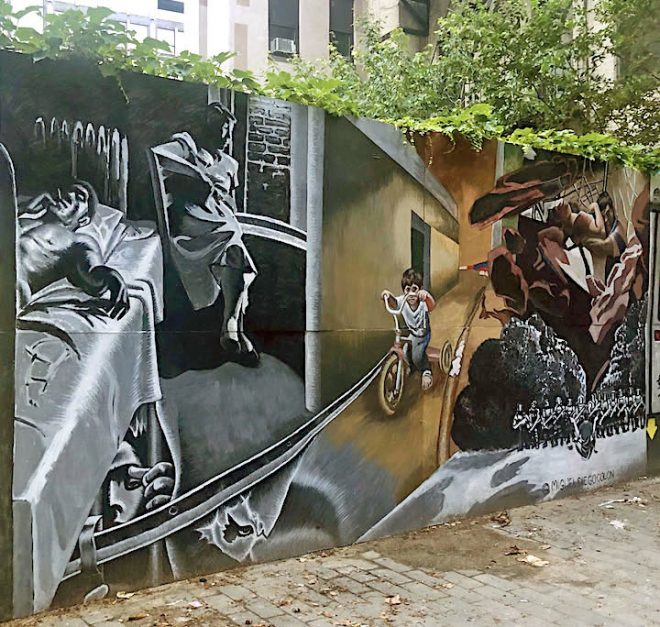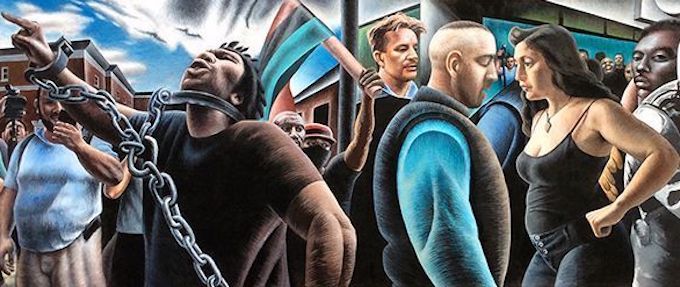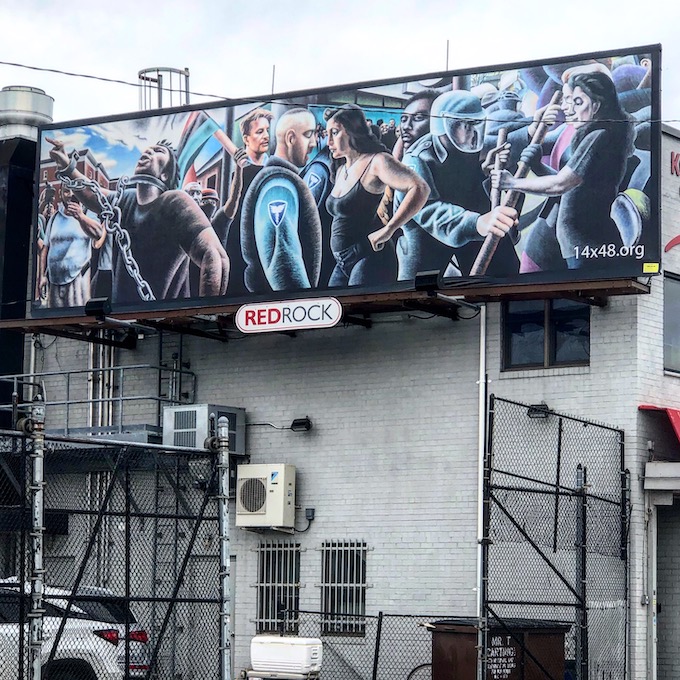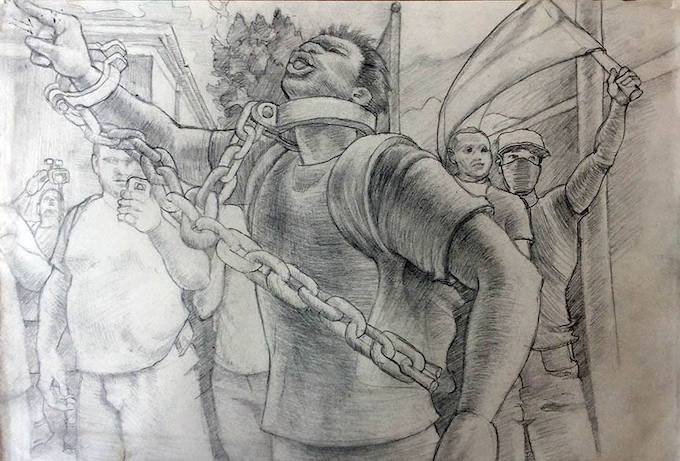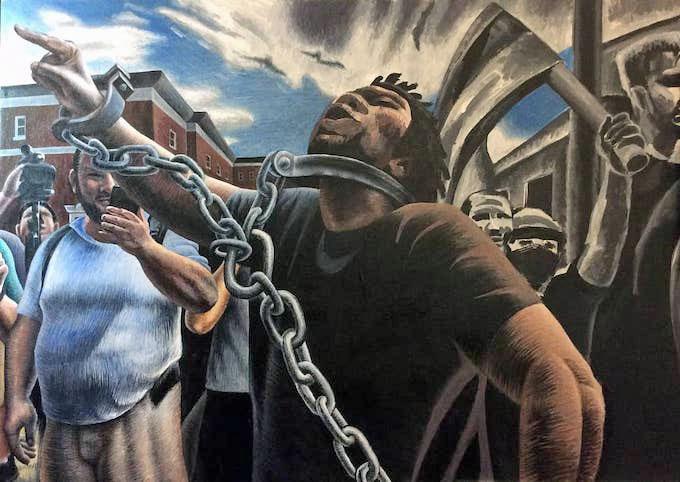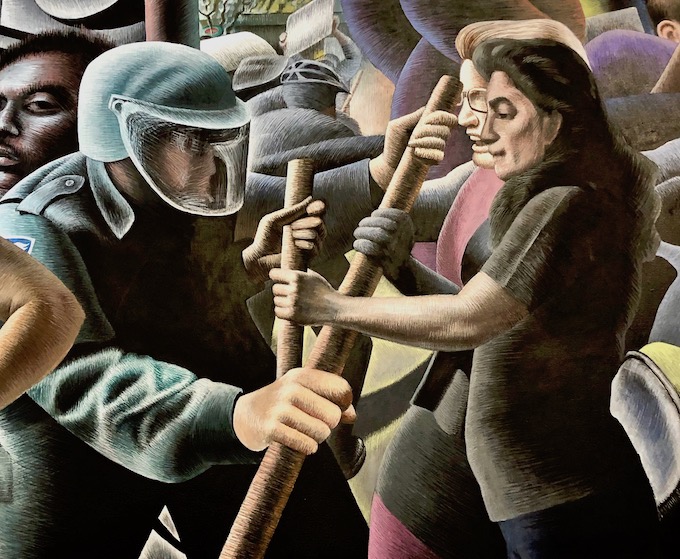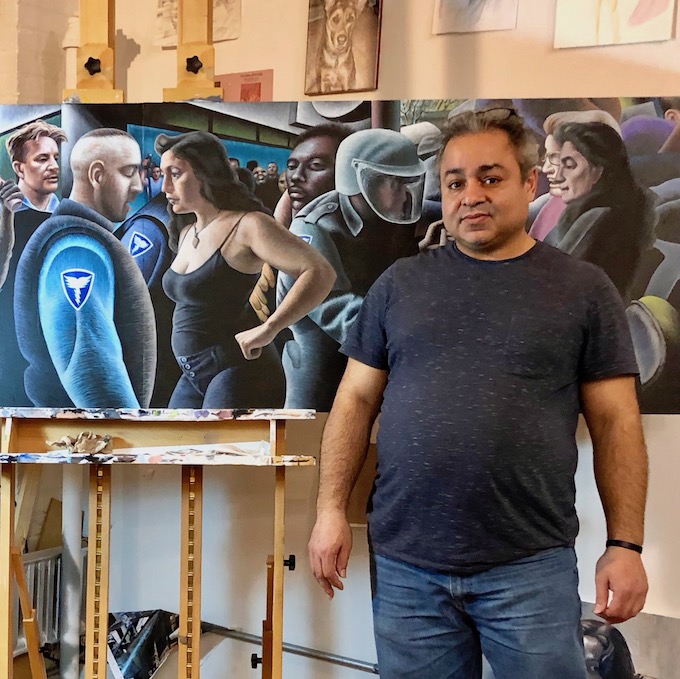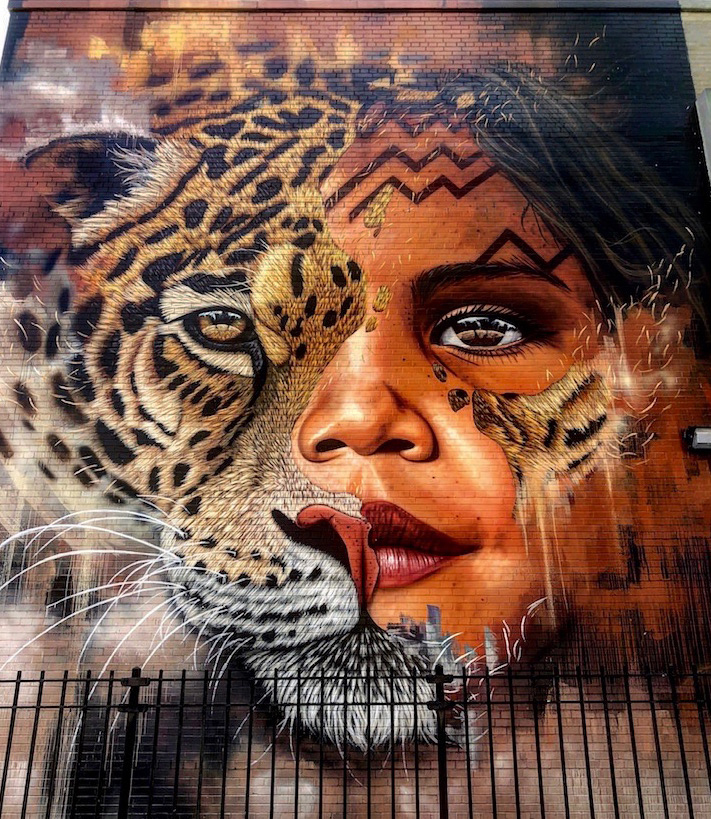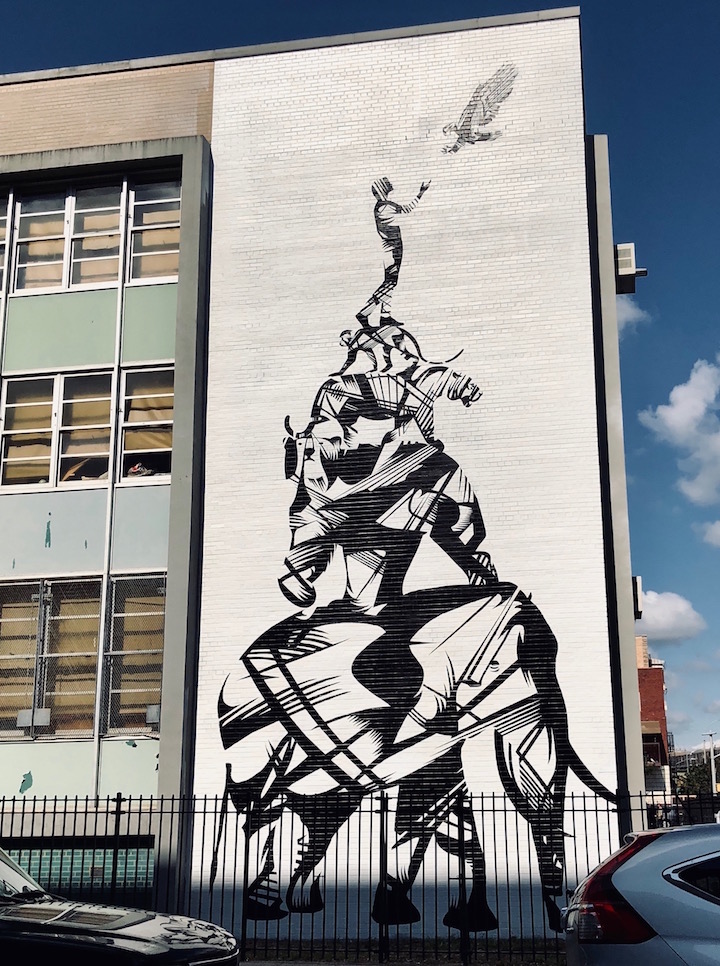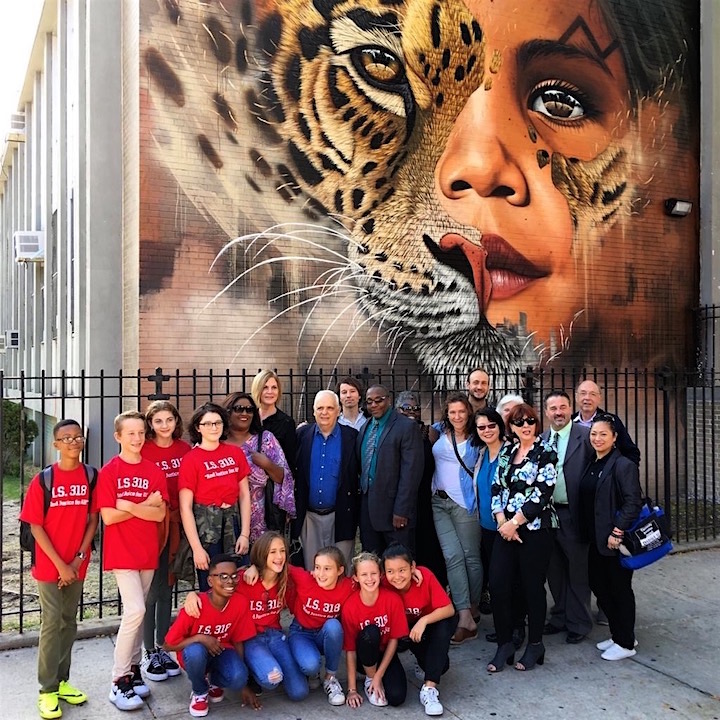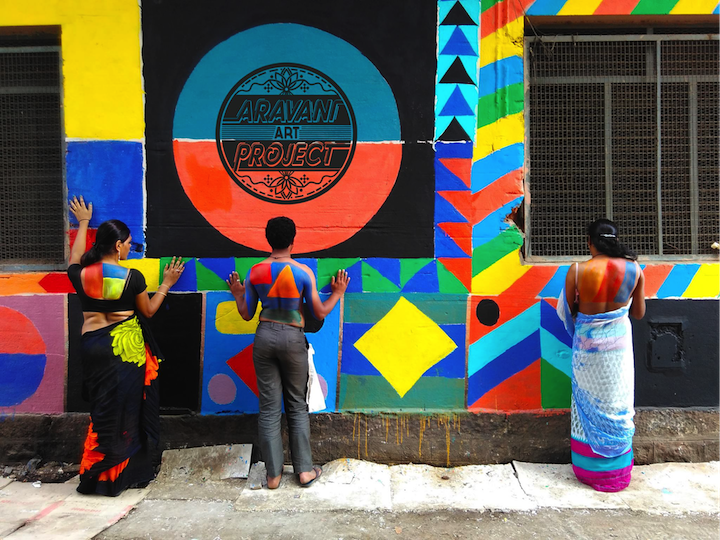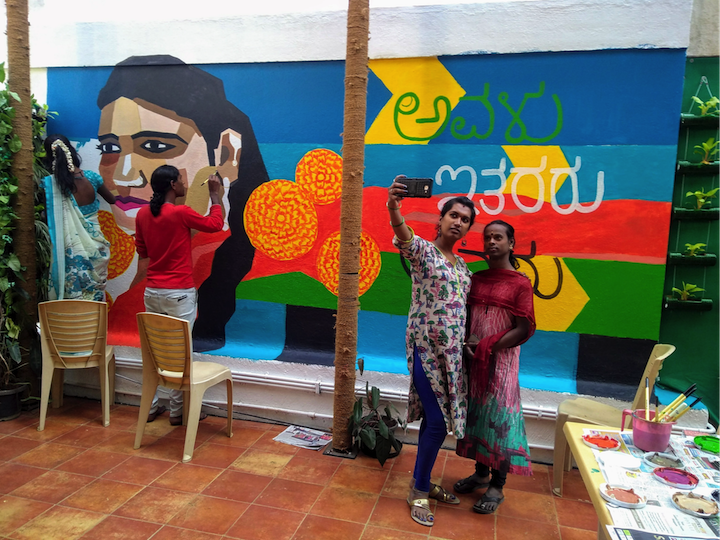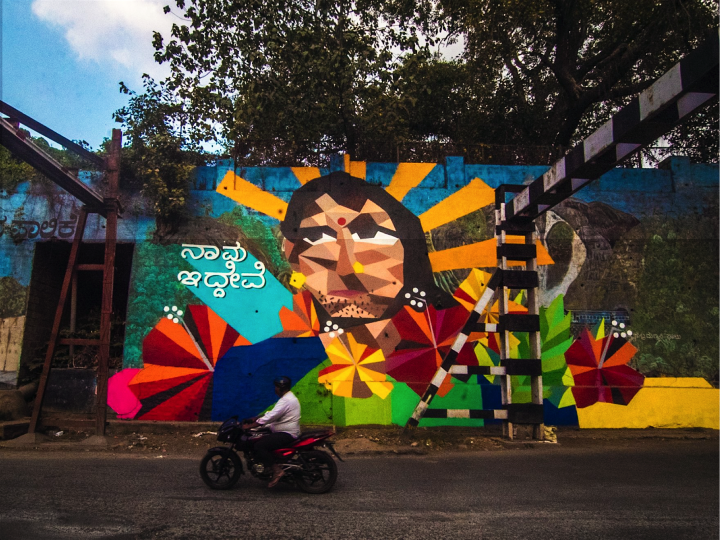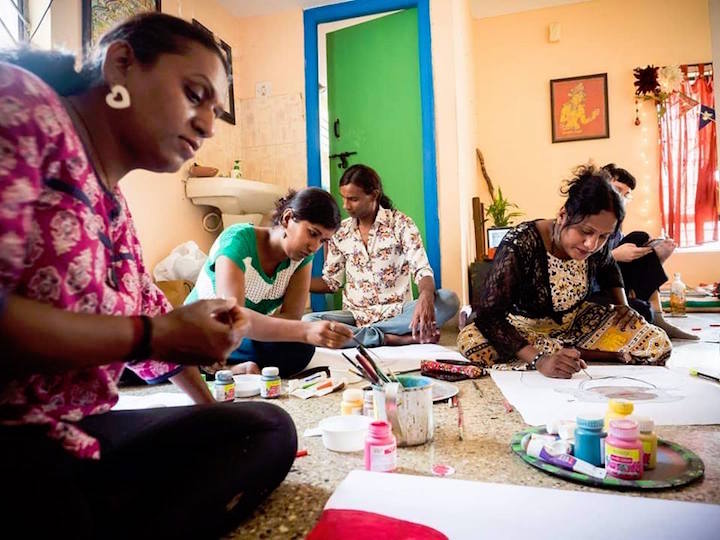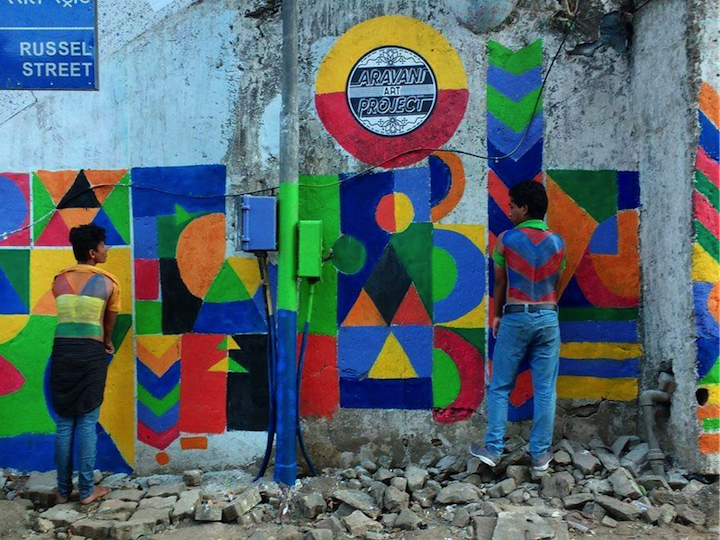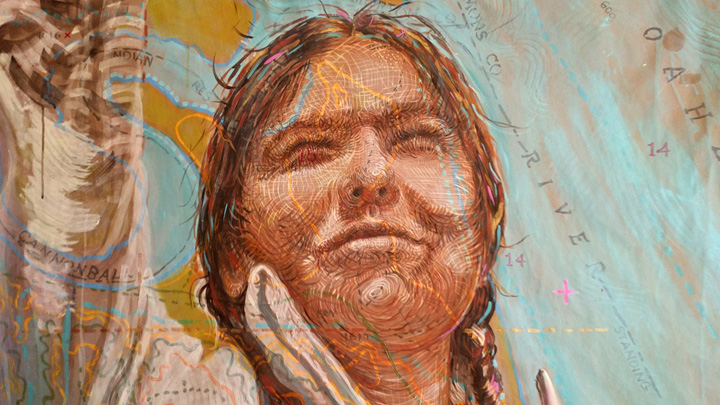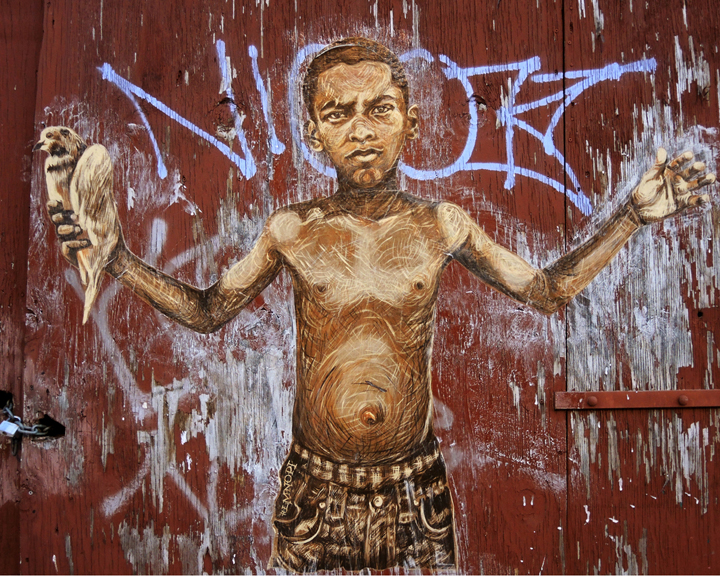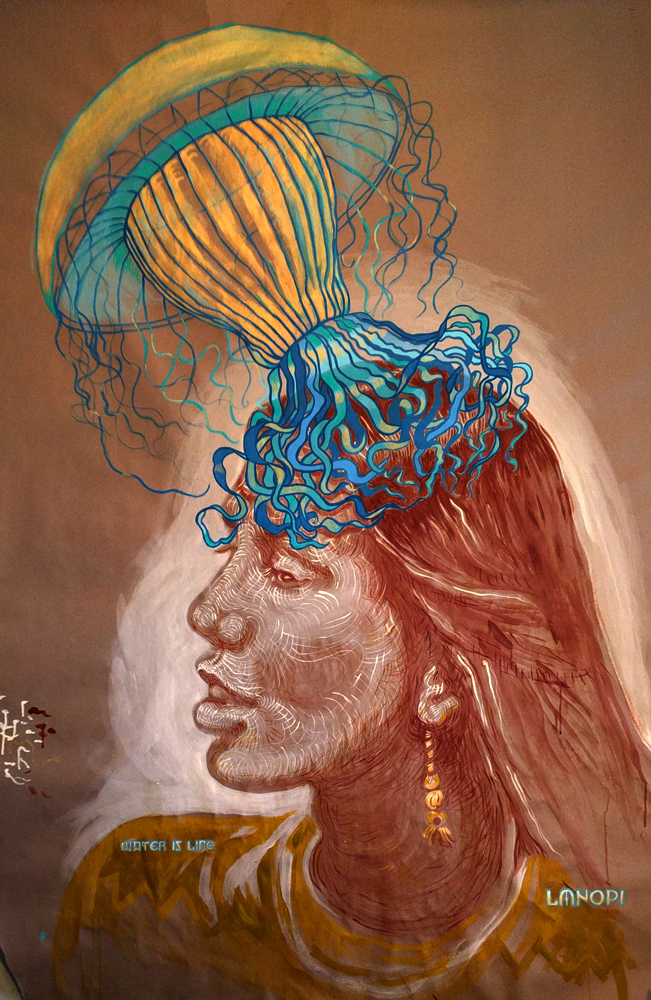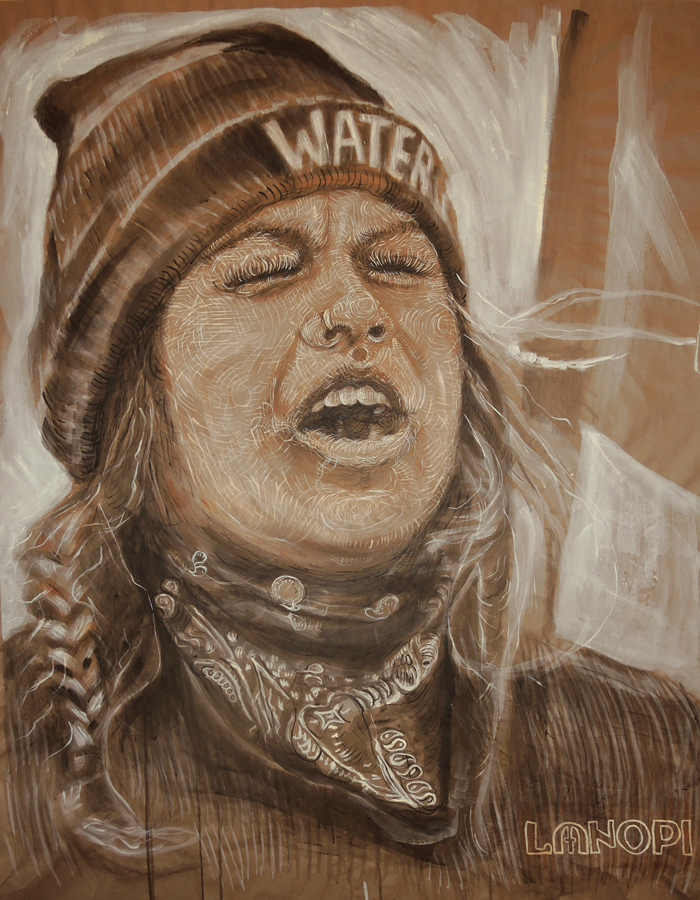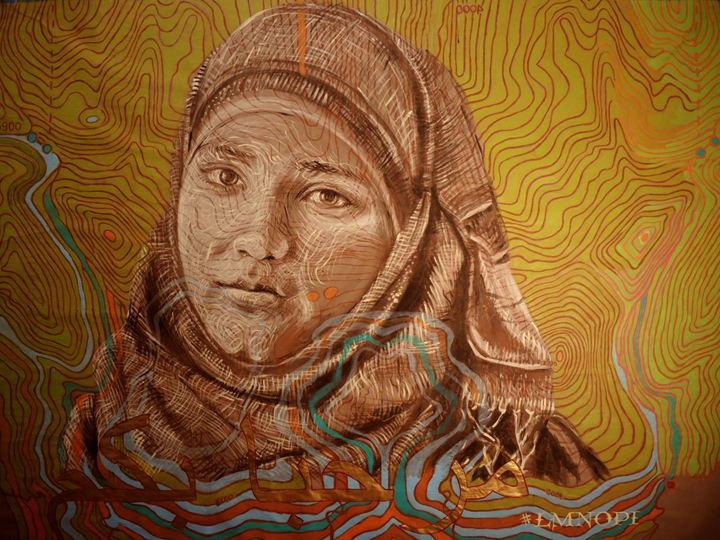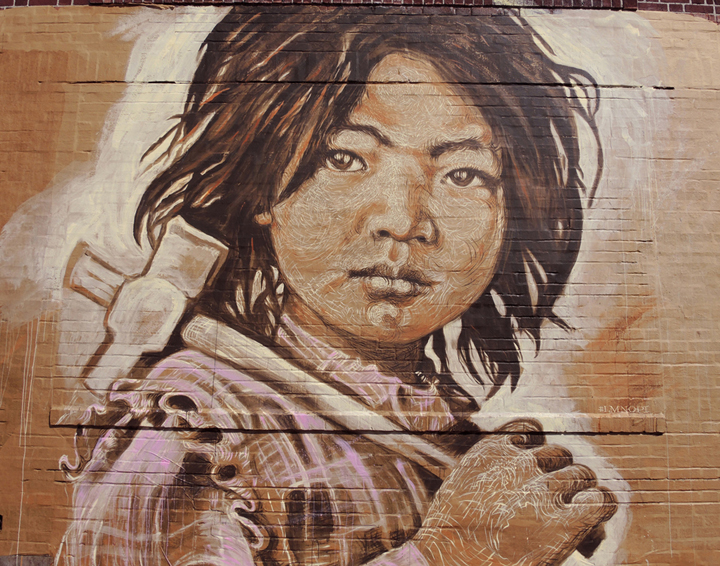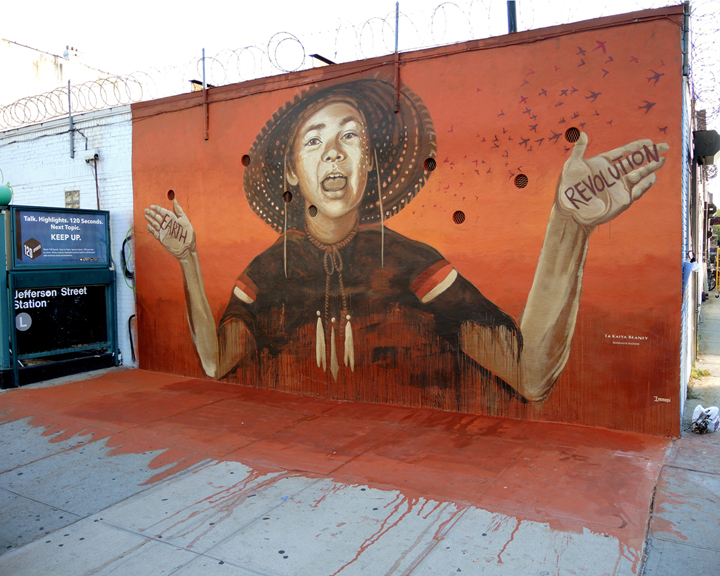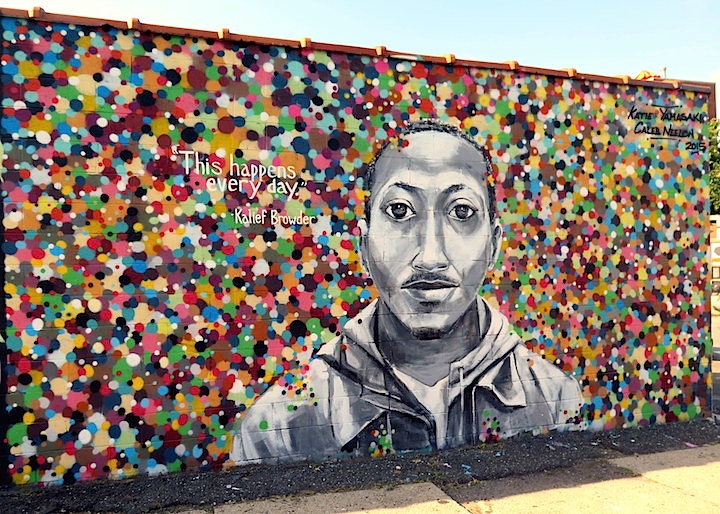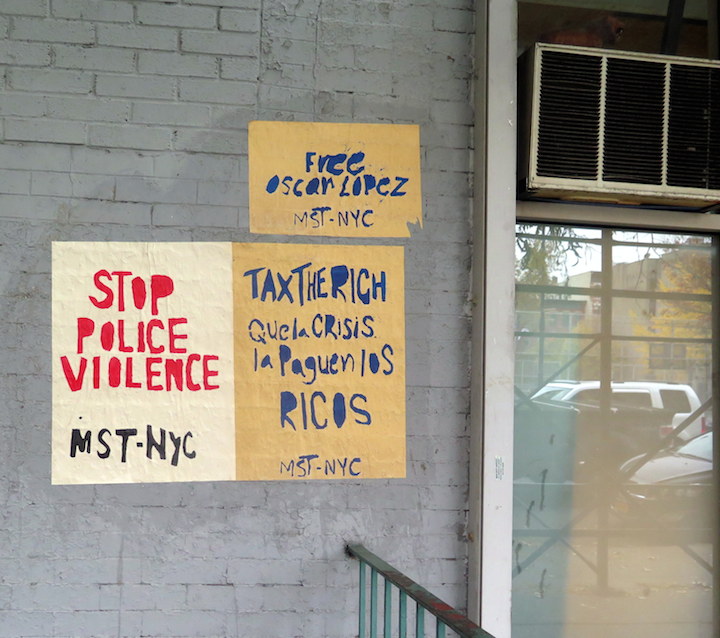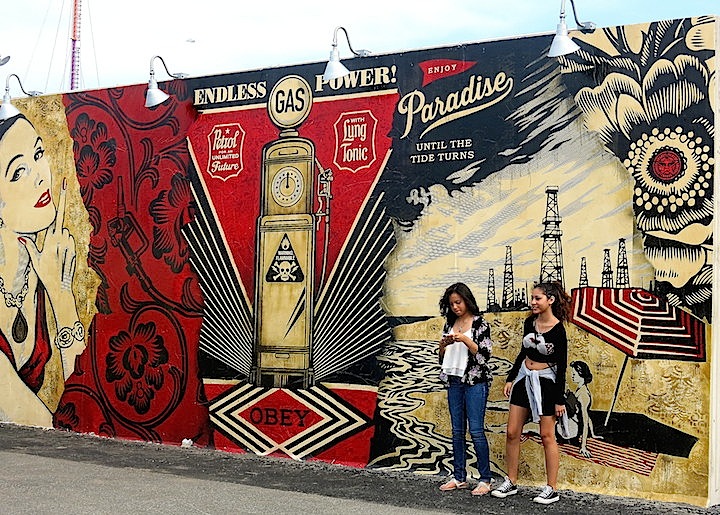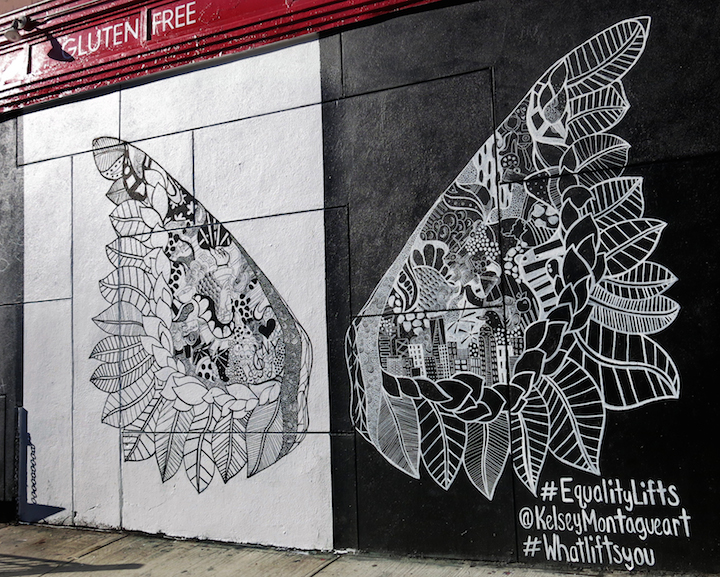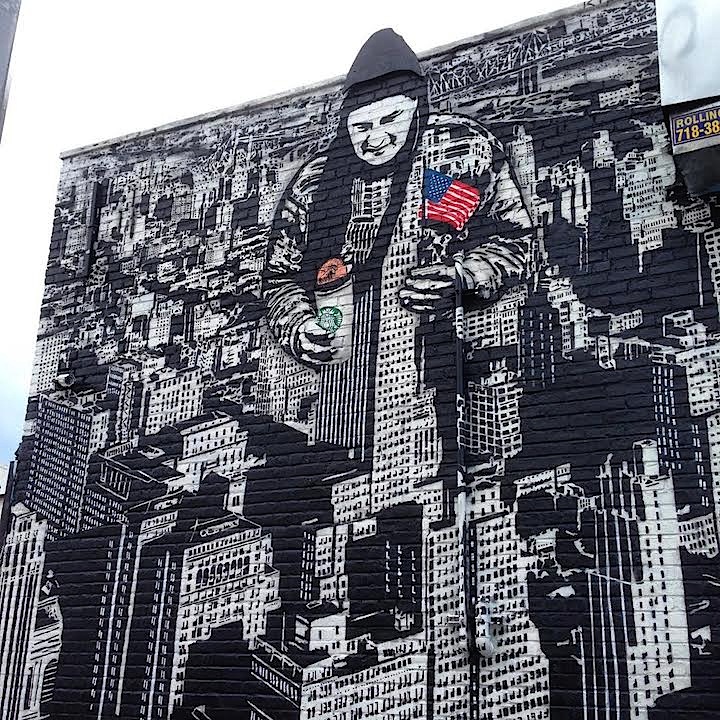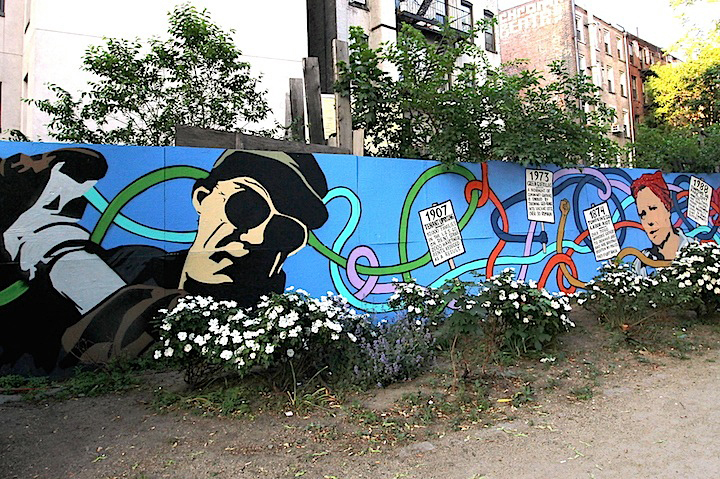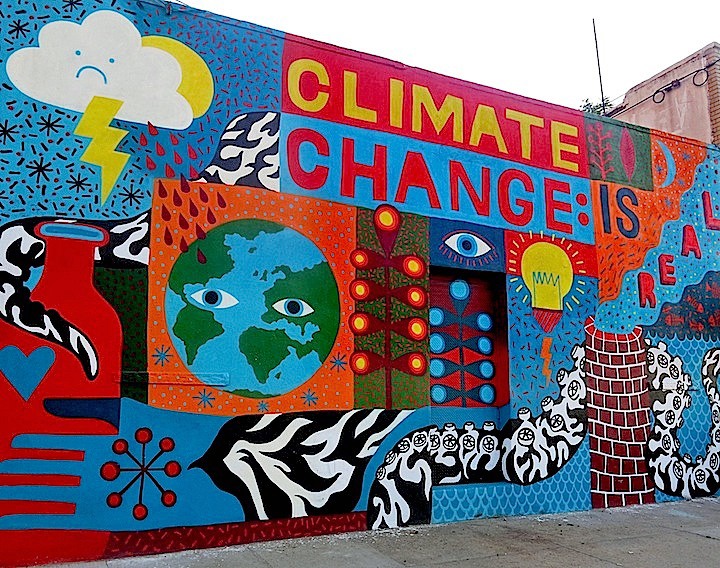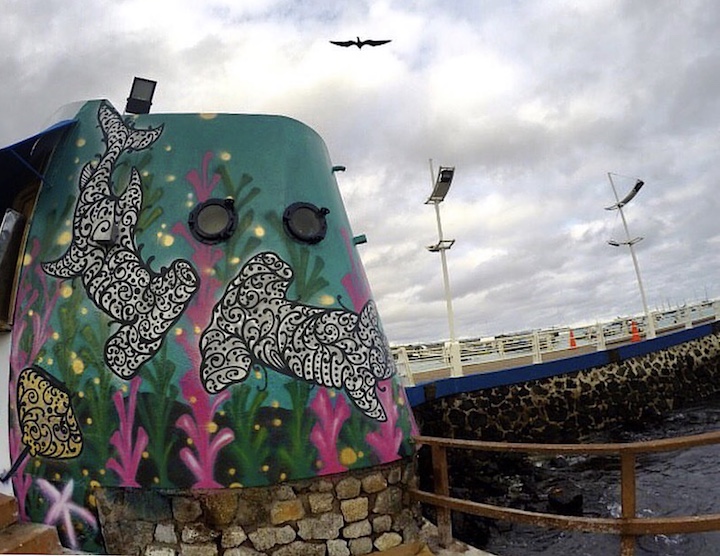
We were delighted to recently meet up with the nomadic Ecuadorian artist Lasak, view her artwork — on and off the streets — and find out a bit about her.
When and where did you first paint in a public space?
It was back in 2010 in my hometown, Guayaquil, on the Ecuadorian coastline. I was 21 at the time.
Have you any early graffiti-related memories?
No. I didn’t grow up with graffiti. My hometown, at the time, was very conservative. No one would dare leave a mark on private or public property. There were police everywhere. And when I first started, I’d often get into trouble. Now Guayaquil is much more open, and there is street art everywhere.
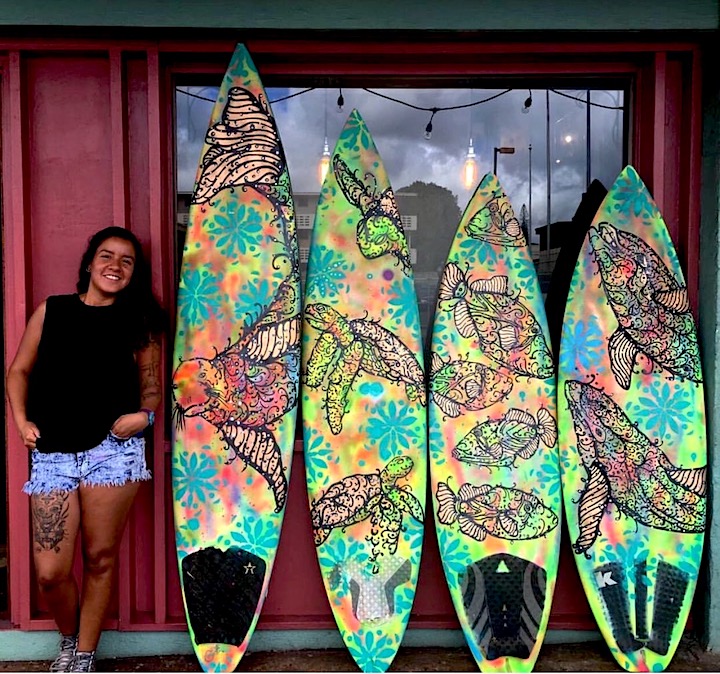
Who/what, then, inspired you to get up?
Damián Vásquez aka Disaikner, a friend of mine who’s an amazing designer, illustrator and tattoo artist.
Have you any favorite surface?
I like everything, but I especially like metal doors.
Do you prefer to paint on the streets “with permission?” Or do you prefer doing it illegally?
I like both. I like the thrill of painting illegally, but I also like to be able to take my time, which I can only do on legal walls.
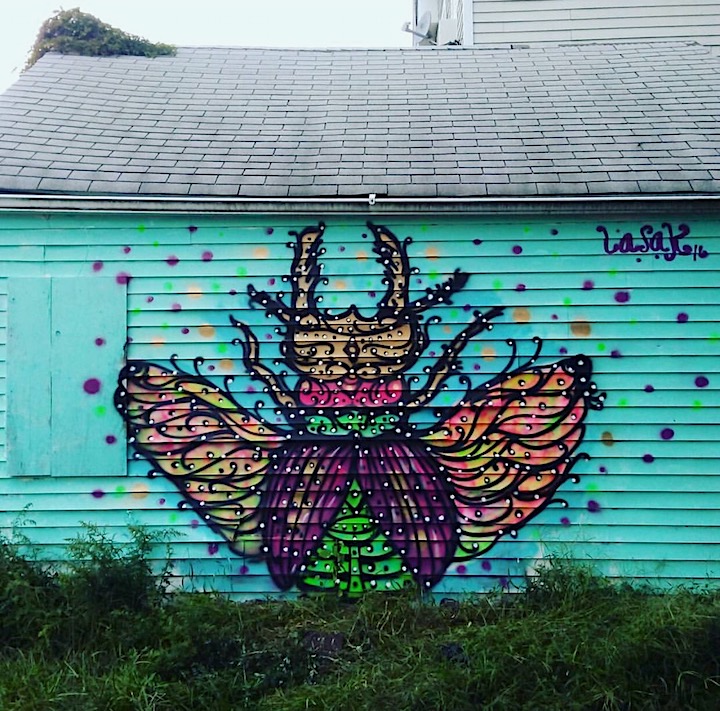
What was the riskiest thing you ever did on the streets?
While I was up on a ladder painting, I saw a man trying to rob a lady. I stopped what I was doing to get down to help her. And the next thing I noticed was a gun pointed at me!
Do you prefer painting alone or with others?
I like both. When I paint with other artists, I get to learn from them and we get to share our knowledge.
Have you exhibited your work?
Yes, throughout Ecuador, and in many other places including Necoche, Iguazu, Sao Paulo , Berlin, Barcelona, Berlin, Indonesia, Hawaii and NYC. But the streets are my main canvas.
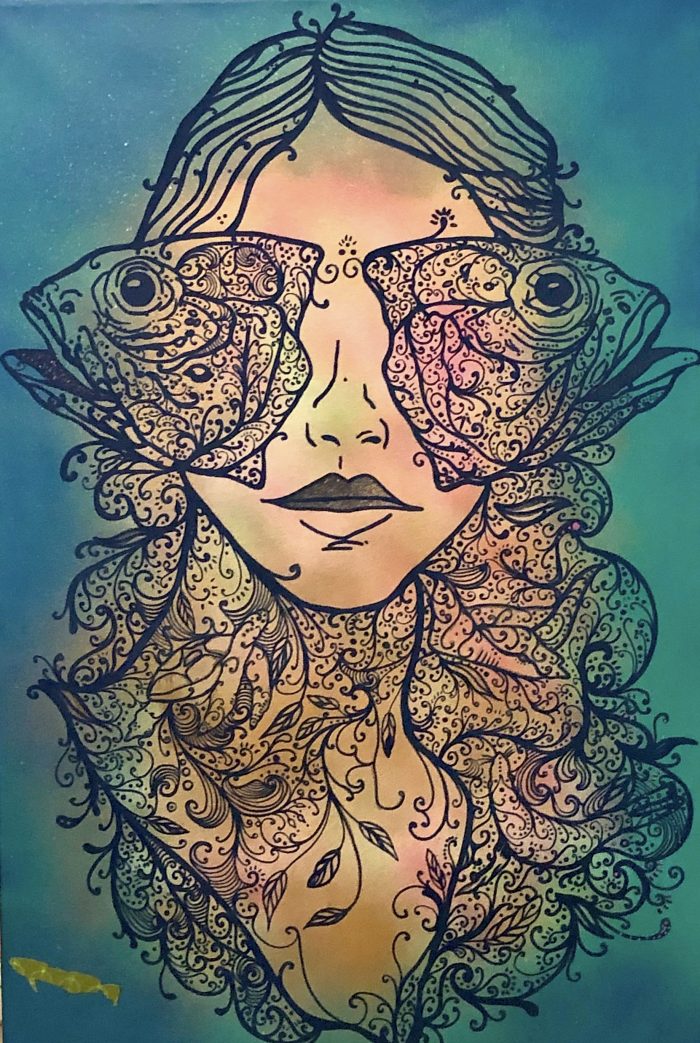
How does your family feel about what you are doing?
It took them awhile to understand my lifestyle. My mother was upset, at first, that I didn’t finish university, where I’d been studying architecture.
What percentage of your time is devoted to art?
I spend about 6-7 hours a day on art. I’d love to devote the entire day to art, but I also work at assorted jobs to earn necessary income.
What are some of your other interests?
I’m interested in working with community-based projects and helping people. That’s my primary interest and mission. My first experience teaching art was to adult cancer patients in Ecuador. It was super amazing! When I help others, I’m also helping myself, because I don’t get depressed. I’m, also, interested in music, especially electronic music. And I love to dive. When I do, I feel like I’m in another world.
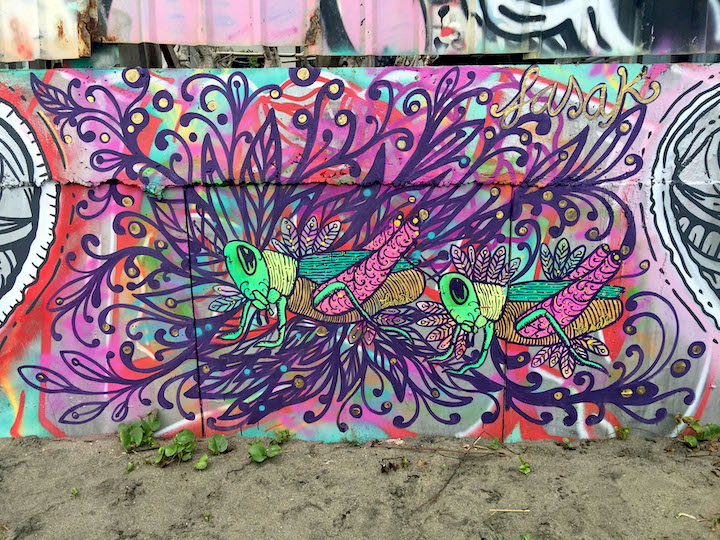
Who are some of your favorite artists?
Apitatán, Inti, and Lauren YS aka Squid Licker immediately come to mind!
What about cultural influences? What are your principal ones?
My main cultural influences are indigenous and Hindu.
Have you a formal art education?
None. My friends – including all those I’ve met in my travels — have been my teachers.
What are some of the countries you’ve traveled to and painted in?
Argentina, Brazil, Mexico, Germany, Switzerland, Spain, Indonesia, Korea and the US.
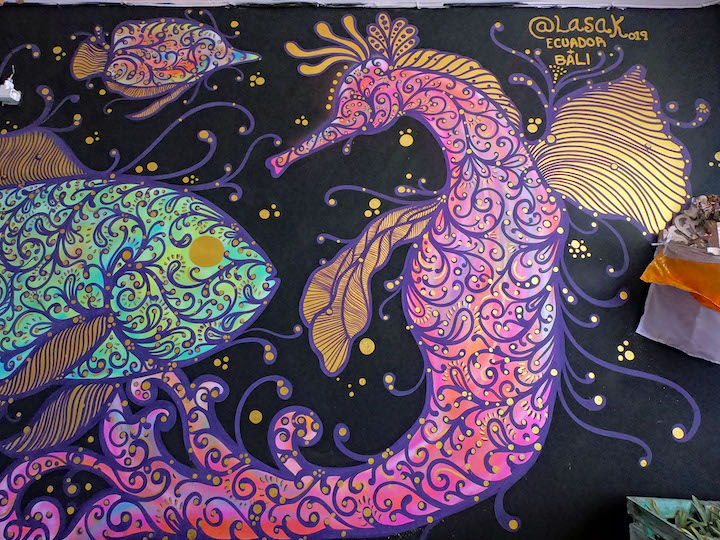
Do you work with a sketch-in-hand or just let it flow?
I only work with a sketch when I’m commissioned to paint a piece. Otherwise I just let it flow.
Are you generally satisfied with your finished piece?
I’m happy, but I also feel confused. How does one judge artwork?
What inspires you?
Nature…the ocean…my travels around the world…learning about other cultures and sharing my knowledge with others.
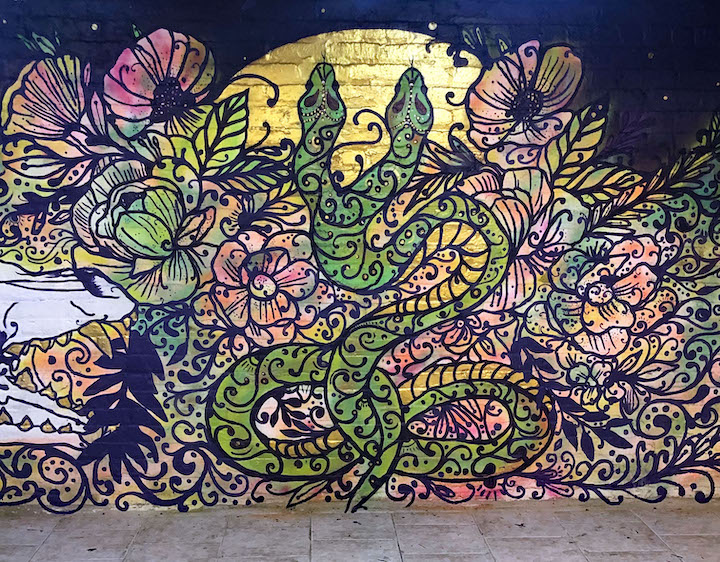
How has your work evolved through the years?
My composition has improved. My work is more balanced and more interesting.
How do you feel about the role of social media in this scene?
It helps me get my work out there to people who otherwise wouldn’t see it , but it takes up too much time.
What do you see as the artist’s role in society?
To offer people an entry to another world.
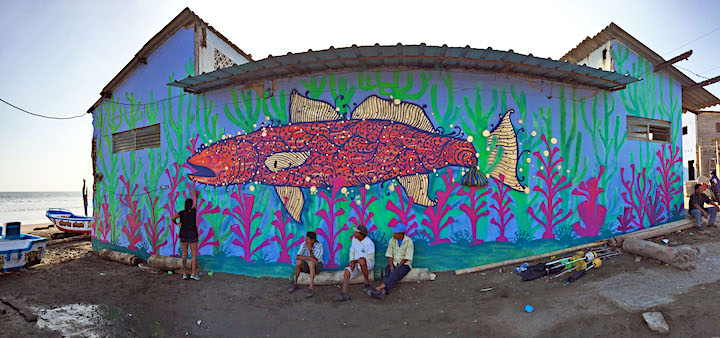
What’s ahead?
I’d like to move to Hawaii and study art there in a formal setting. I’d, also, like to teach scuba diving, and so I need to earn a certificate that allows me to do that. I’m interested, too, in working with organizations engaged with saving sharks. And, of course, creating more art that engages the community.
Interview conducted by Lois Stavsky with City-as-School interns Basil Lyons and Alyssa Torres and edited by Lois Stavsky
Photo credits: 1-3, 5, 6 & 8 courtesy of the artist; 4 & 7 Lois Stavsky
